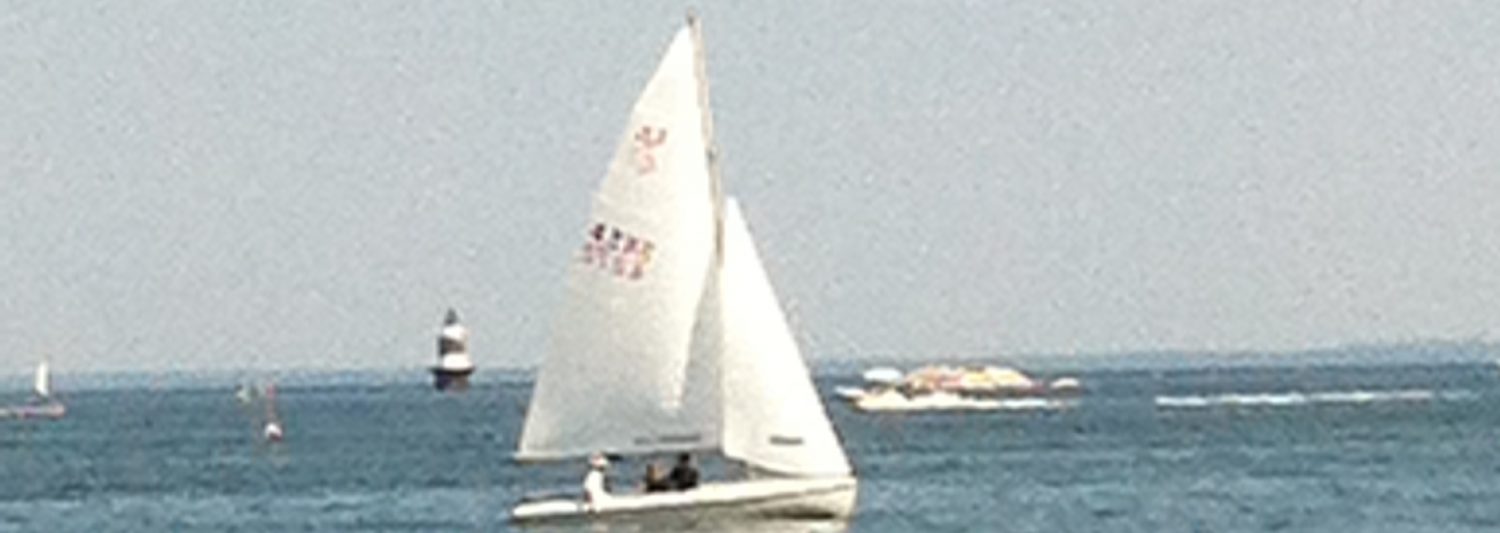Probably the best part of genealogy is the process of discovery! I started out with a pretty good knowledge base due to my grandmother sharing what she knew. All that led to one discovery after another, and I’m still learning. The coolest thing about all these discoveries, however, is rekindling the stories that have disappeared over time. Some of these I’ve written about here, and some are just in my database. Here are some of those discoveries:
- Charles Hendrick, brother-in-law of my ancestor Mary (Randall) Williams, took part in the Civil War in the US Navy. There’s not as much out there about the naval battles, but I was able to find out that during 1862-1863 he served on three ships: the Ohio, the Princeton, and the Augusta.
- Learning that Jennie (White/Williams/Colomy) Starbard’s mysterious brother Joseph ended up in Washington Territory once he left Lynn, Massachusetts.
- The discovery of Job Raynard White’s ancestral line, especially the suspenseful story of his Loyalist grandfather, David White.
- My great-grandmother Eva (Lipsett) Atwell’s brother Claude apparently had a close relationship with her husband and my great-grandfather, Thomas Francis Atwell. I found a newspaper article about his marriage to Clara MacWhinnie, and apparently Thomas served as best man!
- The discovery of my Filles du Roi and Filles a Marier ancestors really makes me want to learn more about their stories. I’m going to have to splurge on the definitive books on these groups.
- What resonates most deeply with me is the fact that my great-grandmother Bertha (Colomy/French/Spratt) Pleau remained a dedicated pianist throughout the trials and tribulations of her life: from her late childhood; to her indiscretion with Percy St. Clair; to her young adult years in church; through her three marriages and moves to Nahant, Brooklyn, Baltimore and back to Lynn. Bertha continued playing at various performances and teaching others to play as well. It’s no wonder that upon her death, my grandfather lived with another piano player, Benjamin Johnson. Perhaps Benjamin was one of her students or at least an associate of hers in Lynn’s music scene.

(By Andrew Shiva / Wikipedia, CC BY-SA 4.0, https://commons.wikimedia.org/w/index.php?curid=52308084)


















